Students Propose Ways to Strengthen L.A., in CSUN’s DataJam Competition
Acres upon acres of land in Los Angeles County continue to burn in catastrophic wildfires, such as the recent Saddleridge Fire that drove hundreds of San Fernando Valley residents out of their homes and forced CSUN to close its campus Oct. 11 due to smoky air. As these fires become Angelenos’ “new normal” each fall and early winter, residents’ homes and health are in danger.
This was a primary challenge presented by biochemistry students Mehrnaz Siavoshi and Alexander Alon during CSUN’s 2019 DataJam competition, Oct. 18 at the University Student Union.
During the competition, which capped a month of work for student teams, Siavoshi and Alon competed with five other teams — each presenting their research on issues challenging Los Angeles County residents, and their proposed solutions.
Siavoshi and Alon, as “The Crystal Gems” team, gathered and studied data collected from the California Department of Forestry and Fire Protection on L.A. area wildfires that have occurred through the past decade. They found increases in fire-affected acreage this year compared to data from 2010, as well as cases of long-term health issues such as asthma, stroke and heart attacks due to declining air quality, according to a 2018 study by Wettstein et al. in the Journal of the American Heart Association.
Drawing from the data they’ve gathered, the team proposed programs initiated by either government agencies or nongovernmental organizations to provide safety masks, and to disseminate information about the health risks of outdoor work and recreation during and after a wildfire.
DataJam, now in its third year, launched Sept. 27 with the theme, “Resilient L.A.,” which invited competing teams to study issues such as L.A. County’s economic security, disaster preparedness, climate change adaptation or infrastructure modernization. A panel of judges made up of faculty in psychology, biology, information technology, business management and more assessed each team’s presentation, awarding certificates and cash prizes to the winners.
Siavoshi and Alon captured the Best Insights award for drawing unique conclusions and building links between natural disasters and health. Siavoshi said their background in biochemistry was an integral part of thinking outside the box.
“[In studying data], it’s important to see different majors’ perspectives — not just computer science — and how they can add perspectives to issues that computer science majors might not directly have,” she said.
The day’s big winner was the “Top Gnomes” team. Made up of seniors Natan Vargas and Sarkis Mikaelian, computer science majors who also study in CSUN’s data science program, and Gabriel Tyner, an economics major, the team members focused on the county’s public transit issues.
Awarded Best Data Science and Best Reproducible Research, the team used complex computer coding to synthesize and analyze hefty amounts of L.A. County’s census data, including population, employment, public transit preferences and access. This allowed them to gather the statistics to conclude that many Angelenos don’t use public transport because bus and train stations are too far away from where they live, and to propose areas where light-rail train and subway routes could be built to reach those residents.
Another team, “The Avocabros,” looked into the relationship between access to primary health care and health insurance coverage. Made up of public health students Denise Nguyen and Helina Mekonnen, and computer science students Thomas Parashos and Jonathan Lacanlale, they found that those who were uninsured — typically, residents who are in minority groups such as Latinx and African Americans, and low-income earners — were at higher risk of chronic illnesses, including Type 2 diabetes.
The Avocabros won the Best Data Visualization award for summarizing their data through clear and complete graphs, and for developing maps to concisely show a correlation between a higher count of uninsured residents and a higher number of Type 2 diabetes cases between regions.
“Data Pirates,” led by Mohammed Zaman and Hrithik Das, won the award for Best Resilience for their presentation on public transportation solutions in Los Angeles by analyzing commute data and access to jobs.
Hosted by CSUN’s Research and Sponsored Programs office, DataJam is an opportunity for Matadors of any major to learn how to visualize and analyze data, and to explore the ways they can use data science in their own fields. A series of workshops led by data science professionals, including Amazon Alexa engineer John Peach, helped equip all participating students for the competition, whether or not they had prior experience with data science.
“I’m very happy to see students from different disciplines involved in this,” said Sherrie Hixon, lead organizer of DataJam and CSUN director of strategic research initiatives. “I’m pleased with the work the teams did to put their presentations together, and I’m excited to see where this goes next year and in years to come.”

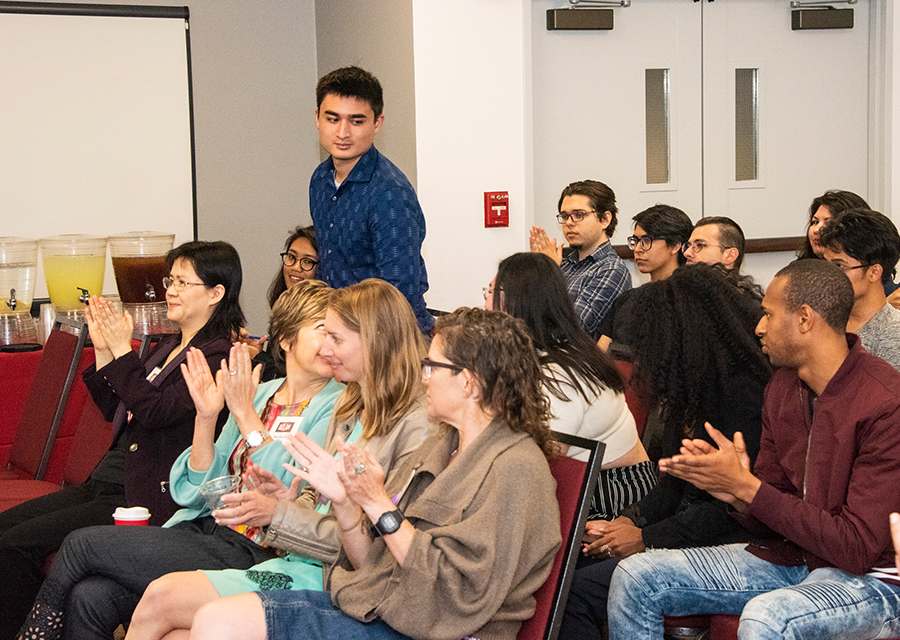
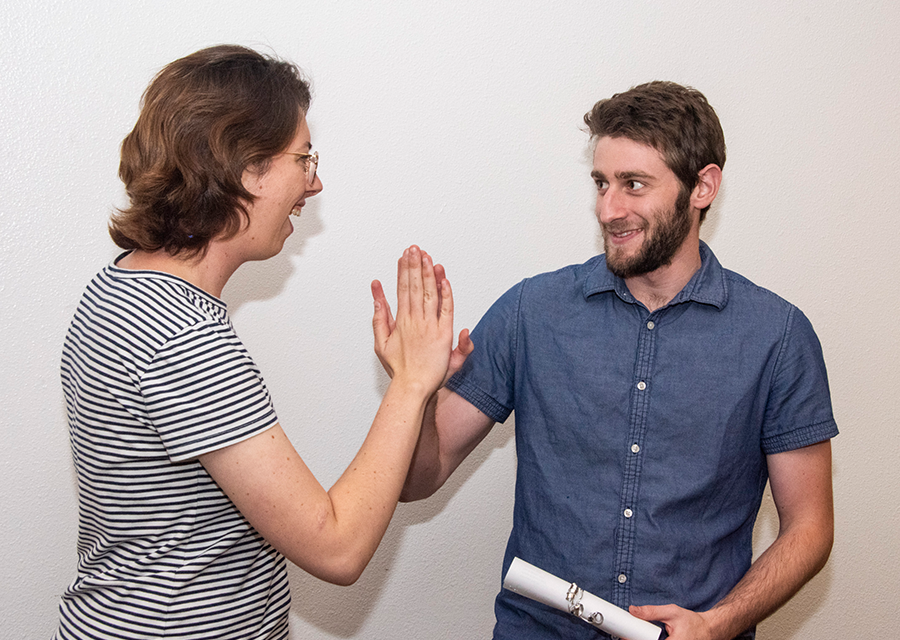
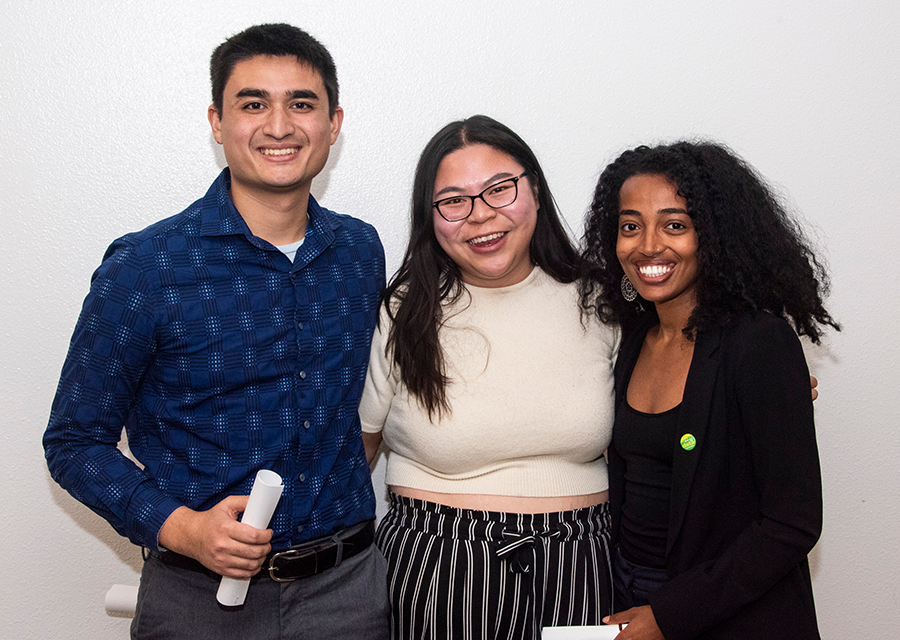
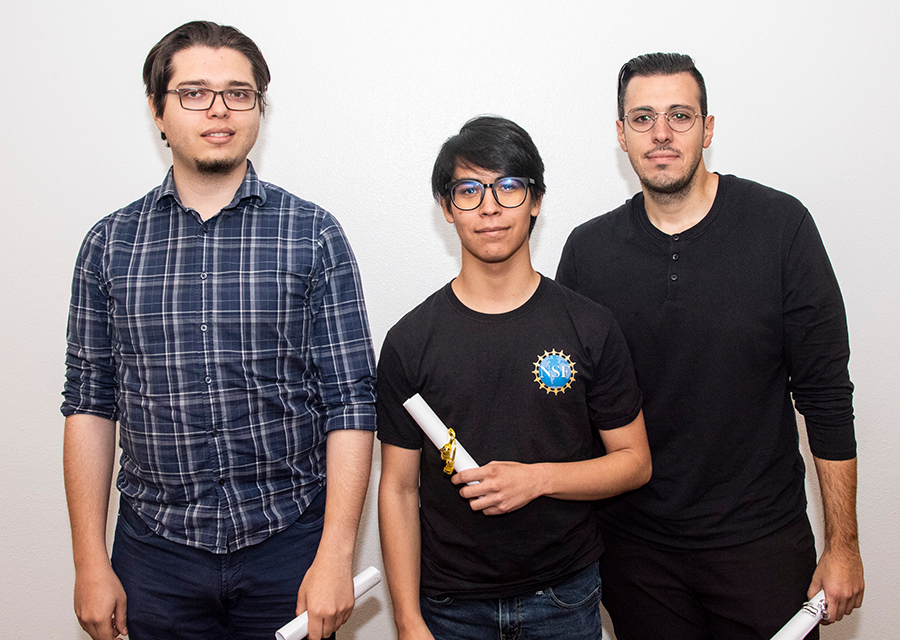
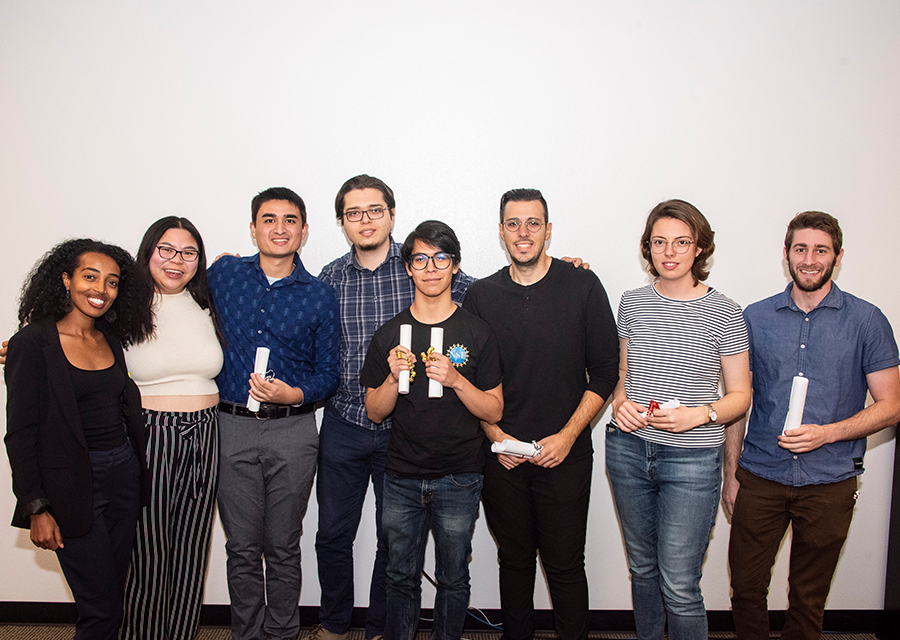
 experience
experience